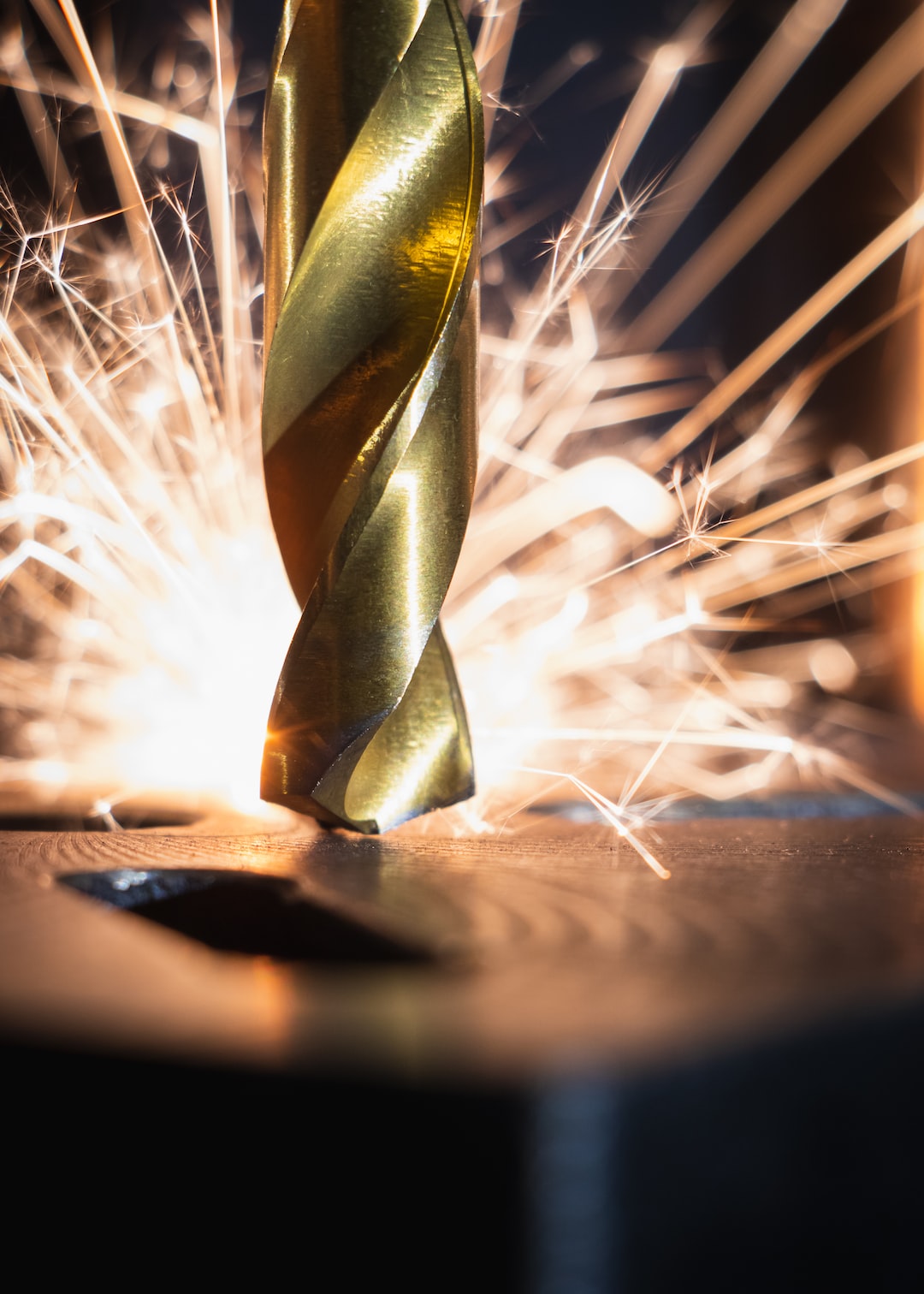The Role of Robotics in Modern Manufacturing
The field of manufacturing has seen remarkable advances in recent years, and one of the most influential factors has been the integration of robotics. Robots have revolutionized the way goods are produced, streamlining operations, improving efficiency, and ensuring consistent quality. This blog post will explore the significant role that robotics plays in modern manufacturing.
Increased Efficiency and Productivity
One of the primary benefits of utilizing robots in manufacturing is the increased efficiency and productivity they bring to the production process. Unlike human workers, robots do not require breaks or shift changes, allowing them to operate continuously without pause. This non-stop operation eliminates downtime and significantly increases the overall productivity of manufacturing plants.
Robots are capable of performing repetitive tasks with utmost precision, ensuring consistent quality and reducing human error. They can work at a much faster pace than their human counterparts, resulting in higher production rates and shorter manufacturing cycles. With advanced programming and artificial intelligence, robots can handle complex tasks that were once reserved for skilled human workers, further enhancing efficiency and productivity.
Improved Workplace Safety
Safety is a crucial aspect of any manufacturing operation, and robots have played a vital role in enhancing workplace safety. By taking over dangerous or hazardous tasks, such as lifting heavy objects or working in high-temperature environments, robots significantly reduce the risk of injuries to human workers.
Robots are designed with advanced sensors and safety features that allow them to detect and respond to any potential dangers in their surroundings. They can identify obstacles, adjust their speed and trajectory, and avoid collisions with both humans and objects. This proactive safety approach ensures a safer working environment for human workers and reduces the number of workplace accidents.
Cost Reduction and Return on Investment
While the initial investment in robotics may seem significant, the long-term cost savings are undeniable. The implementation of robots in manufacturing helps reduce labor costs through the automation of repetitive tasks, minimizing the need for manual labor. By replacing human workers with robots in certain areas, manufacturers can reallocate their workforce to more skilled and higher-value tasks.
Robots also contribute to cost reduction by minimizing waste and improving accuracy. With precise movements and measurements, robots can ensure the exact amount of raw materials are used, reducing scrap and maximizing efficiency. Additionally, advanced analytics and monitoring systems integrated with robotics allow manufacturers to identify and address inefficiencies in real-time, further optimizing production and reducing costs.
Furthermore, the return on investment (ROI) for incorporating robotics into manufacturing operations is significant. By streamlining processes, increasing productivity, and reducing costs, companies can see a positive impact on their bottom line. The saved costs can then be reinvested into research and development, new technologies, or expanding the workforce in other areas, driving further growth and innovation.
Flexibility and Adaptability
In a rapidly changing economic landscape, manufacturers must be adaptable and responsive to evolving demands. Robotics brings increased flexibility to manufacturing operations, allowing manufacturers to adjust their production capabilities quickly.
Robotic systems can be easily reprogrammed to handle different products or processes, enabling manufacturers to meet changing customer demands faster. They can switch between tasks seamlessly without the need for significant reconfiguration or retooling, ensuring efficient use of resources and reducing downtime. This flexibility also enables manufacturers to create customized or personalized products on a mass scale, catering to individual customer preferences.
Collaborative Robotics
Collaborative robots, also known as cobots, are a recent advancement in robotics that has gained popularity in modern manufacturing. These robots are designed to work alongside human workers, enhancing their capabilities rather than replacing them. Cobots are equipped with advanced safety features, such as force sensors and vision systems, that allow them to work safely alongside humans without creating a risk to their well-being.
Cobots can perform tasks that require precision and strength, freeing up human workers to perform more complex or critical tasks. This collaboration between humans and robots maximizes productivity and overall efficiency while striking a balance between automation and human expertise.
Conclusion
The role of robotics in modern manufacturing cannot be undermined. From increased efficiency and productivity to improved workplace safety and cost reduction, robots have transformed the manufacturing landscape. As technology continues to advance, the integration of robotics will only become more pronounced, revolutionizing the way goods are produced and bringing about further innovation and growth in the manufacturing industry.

